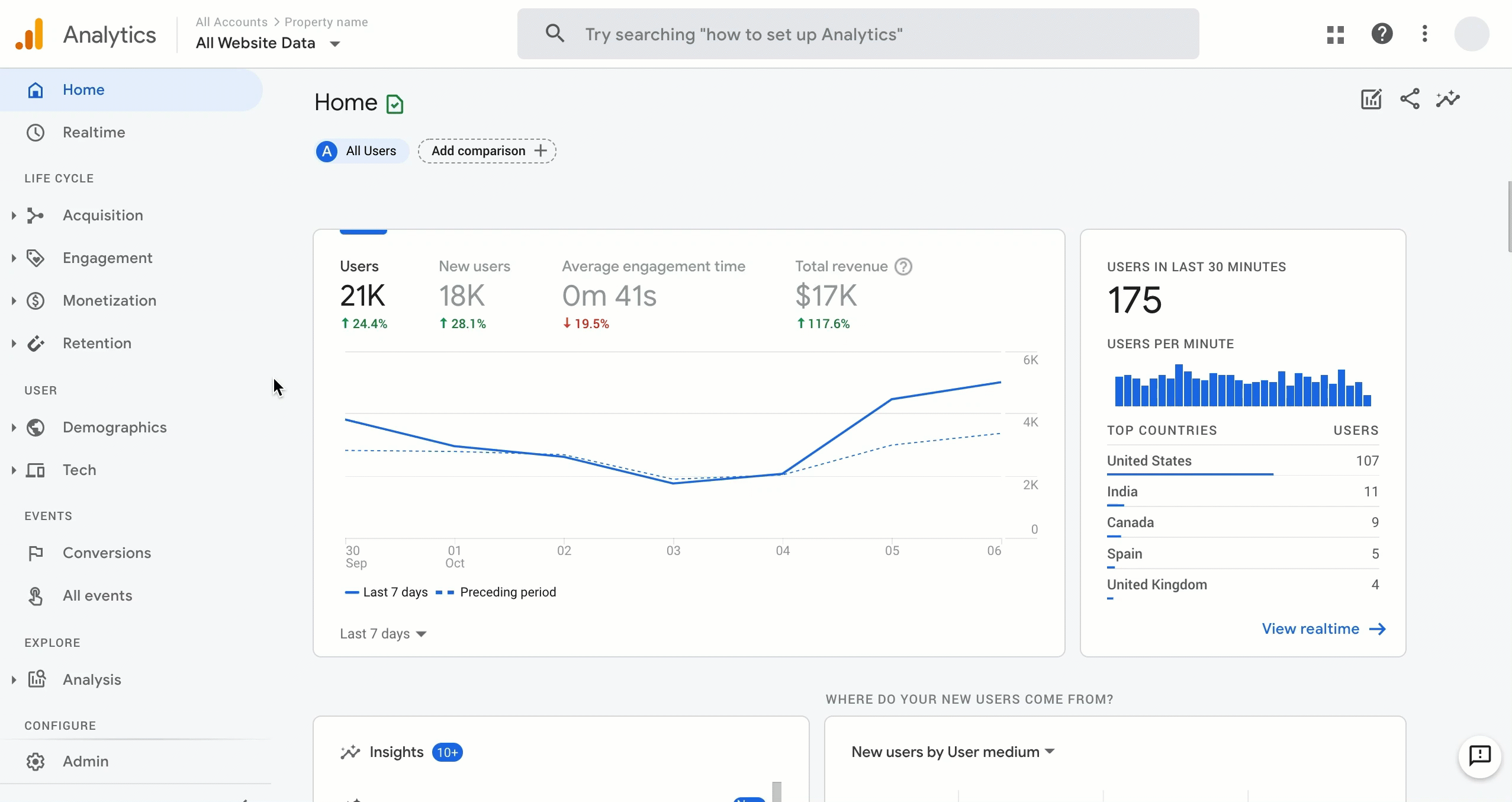

The importance of a content audit

It is like a housekeeping service for your digital content
For all the content you’ve created, are you able to keep them well organised or does it give you a headache? You could be lacking a system, and perhaps it’s time for a content audit.
What is a content audit?
A content audit refers to the process of collecting and analysing your content assets such as websites, landing pages, or blog posts.
It keeps an inventory of all your assets and provides insights into which content to create, update and rewrite, or delete. Think of it as a storage inventory in a warehouse, where a company keeps track of what products are selling the best and need to be kept in stock.
The purpose of a content audit
Having a content audit can be beneficial to boost your traffic and give your customers a better user experience.
Identify gaps
It allows you to identify the gaps where best practices are not adhered to and gives you the chance to correct them. Little things, such as adding a meta description, could even increase your click-through rate and traffic.
With a content audit, you can identify which content does not have a meta description and rectify this. You can add keywords, headings, and subheadings to your content and increase the ranking of web pages to search engines, as we have discussed in detail here. The same goes for broken links embedded in your content — all these can be updated.
Gain data-driven insights
A content audit also allows you to make informed business decisions based on data-driven insights regarding the performance of the content. You can quantify performance and know which content pieces are popular and which ones are underperforming. This helps identify content to be repurposed so you get more views and content that needs to be reworked or updated.
And it matters not just in the now but also for the future, such as when you’re planning what new content to put out. By taking stock of what you have, you can see what topics or platforms work best at drawing viewers to your site, which can then guide you on what else you can create.
How to do a content audit properly?
1. Gather and categorise your content
Knowing where to start the auditing process can be challenging. This is where having an inventory of all your content is helpful, complete with content-type, the name of the writer, publication date, and content format and even URLs.
You can even include more categories than the above. Think of relevant information that makes it easier for you to identify the right content. For instance, for a blog post, you may want to include the title and its meta description.
If you are a relatively small company, you can manually put them on a spreadsheet. However, several online tools can do the cataloging automatically for you, like SEMrush or HubSpot. Afterward, categorise all your existing content to keep it organised and ensure it meets your auditing needs.
2. Analyse your data
We’re firm believers of data-driven content, and that’s because these metrics can show how successful your content is with regards to engagement, retention, and even conversion. This is when tools like Google Analytics can be beneficial — it can pull up the relevant data for you.
Some key metrics to pay attention to include:
- Users — Number of unique visitors on your site
- Unique page views — Percentage of visitors who enter your site and then leave (rather than continuing to view other pages)
- Devices — Devices your visitors use to browse your website (mobile vs desktop)
- Average time spent on page — How long users stay on a page on your site
- Bounce rate — Percentage of visitors that leave a webpage without taking an action
But what do these numbers mean? For example, let’s assume every article on your site has the same word count and hence takes about the same amount of time to read.
Just because a piece has the most number of page views, is it necessarily the best performing if it has the least amount of time spent on the page?
Or if a piece has the most amount of time spent on the page, but low amount of unique views, does it mean you should junk the piece?
While the numbers are fairly straightforward to comprehend on their own, don’t be fooled. The data needs to be analysed in relation to one another if you want an accurate picture of your content’s performance.
When analysing your data, here are some questions that you should try to get answered:
- What content does my audience want that I haven’t created?
- Which content is underperforming?
- Which content is outdated that needs to be refreshed or reworked for optimisation processes?
- Which content is considered successful?
3. Take action
After analysing the current state of your content, it’s time to take action. For each piece of content you will either:
- Leave it alone
- Rewrite or update
- Delete
For instance, if you wrote about “Social Media Platforms to Try” in 2014, you’d need to delete Path and Vine entirely while replacing them with Clubhouse and Tik Tok. Regularly updating pieces with the latest statistics and relevant links also helps them be better recognised by search engines as pages of authority, and bumps them up on the results section.
Such actions can be specified on a separate spreadsheet so you can keep tabs on what you need to do to keep your content fresh. You may also want to create a content calendar to keep track of the progress and delegate responsibilities to the right departments. It’s also the perfect place to plan your new content that matches what your audience wants.
While it is true that a content audit is a time-consuming process, it is a necessity to keep your brand top of mind within the public. If done right, a content audit goes a long way to ensure your brand awareness and recognition.









